
How to Use Pololu Distance Sensor with Pulse Width Output, 300cm Max: Examples, Pinouts, and Specs
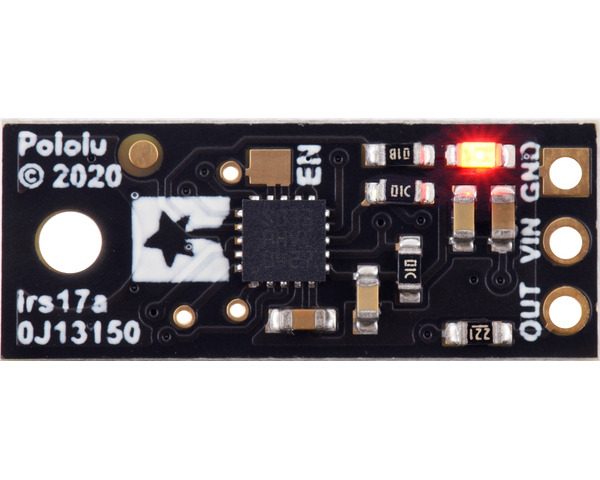
 Design with Pololu Distance Sensor with Pulse Width Output, 300cm Max in Cirkit Designer
Design with Pololu Distance Sensor with Pulse Width Output, 300cm Max in Cirkit DesignerIntroduction
The Pololu Distance Sensor with Pulse Width Output (Manufacturer Part ID: 4079) is a high-performance distance measuring sensor designed for applications requiring accurate distance readings up to 300 cm. This sensor uses pulse width modulation (PWM) to output distance measurements, making it easy to interface with microcontrollers and other digital systems. Its compact size and reliable performance make it ideal for robotics, automation, and object detection systems.
Explore Projects Built with Pololu Distance Sensor with Pulse Width Output, 300cm Max
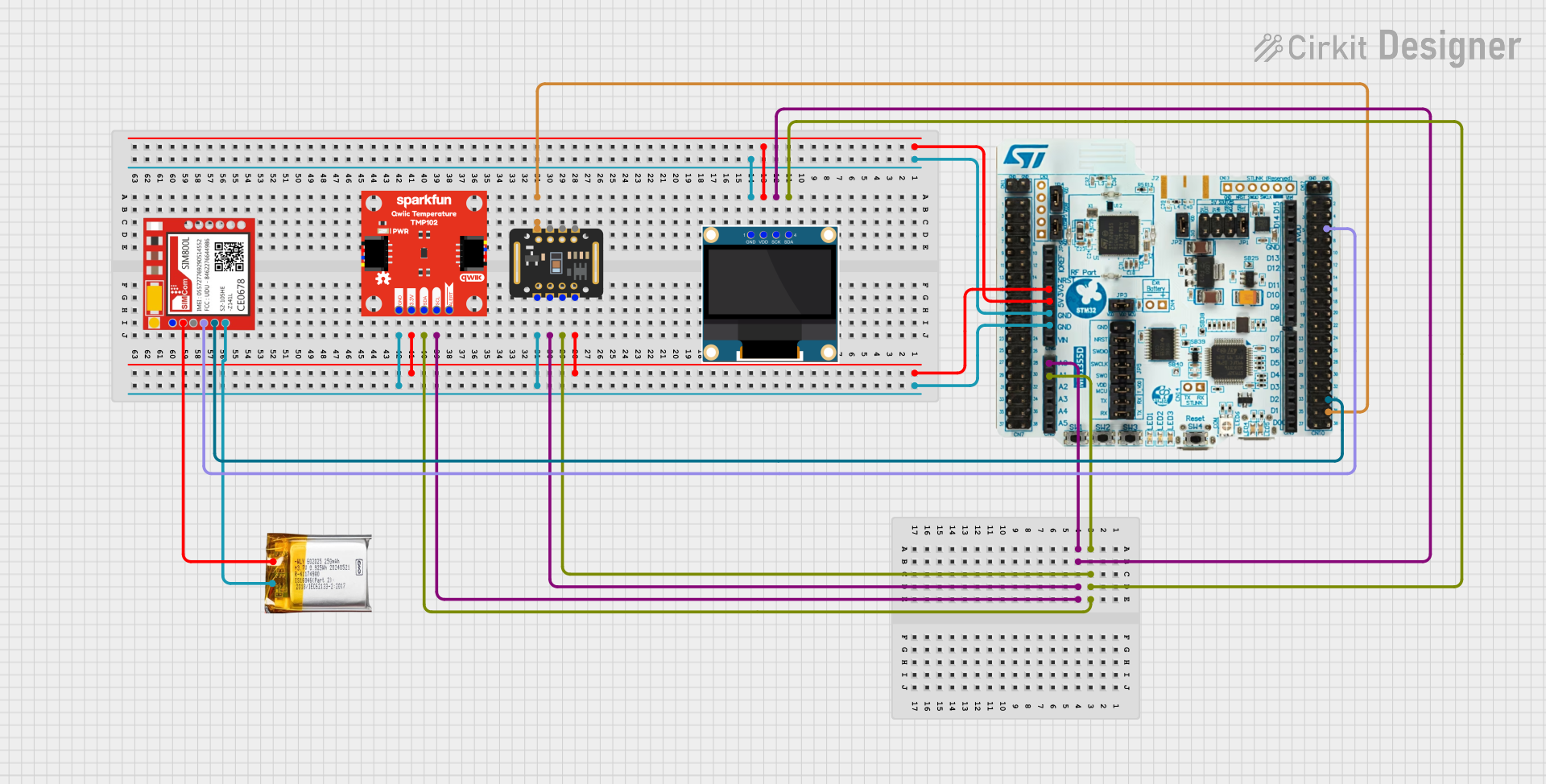
 Open Project in Cirkit Designer
Open Project in Cirkit Designer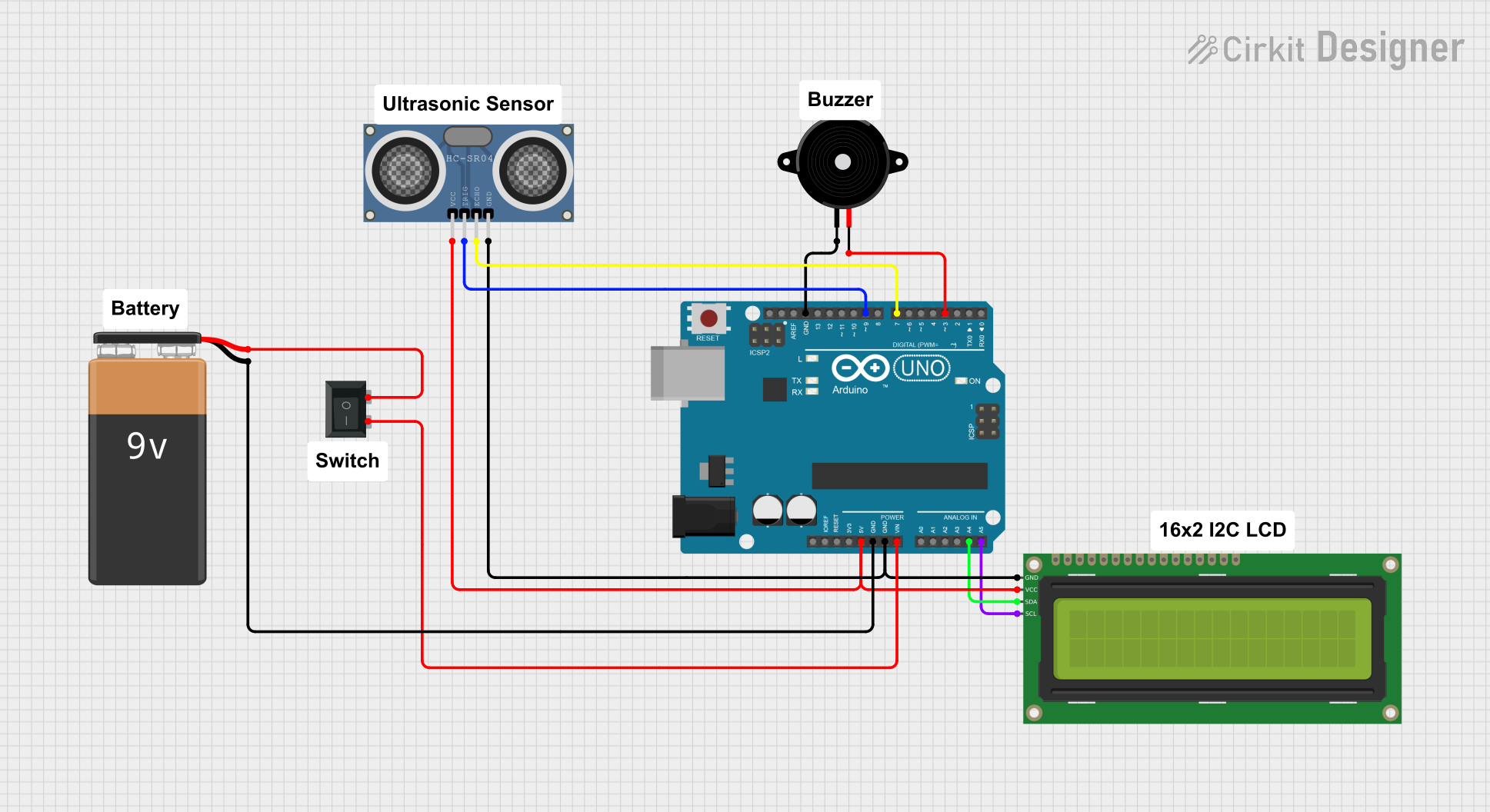
 Open Project in Cirkit Designer
Open Project in Cirkit Designer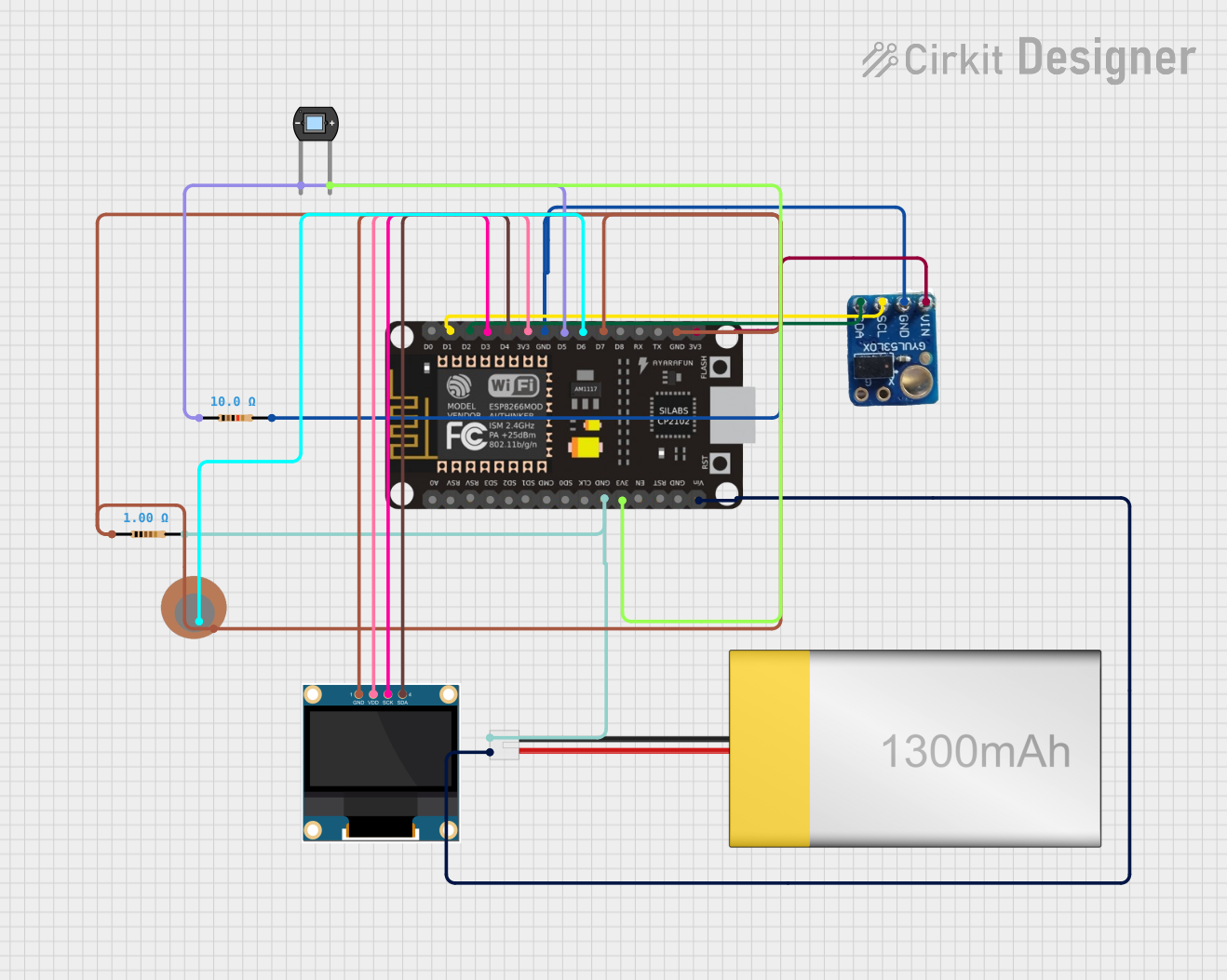
 Open Project in Cirkit Designer
Open Project in Cirkit Designer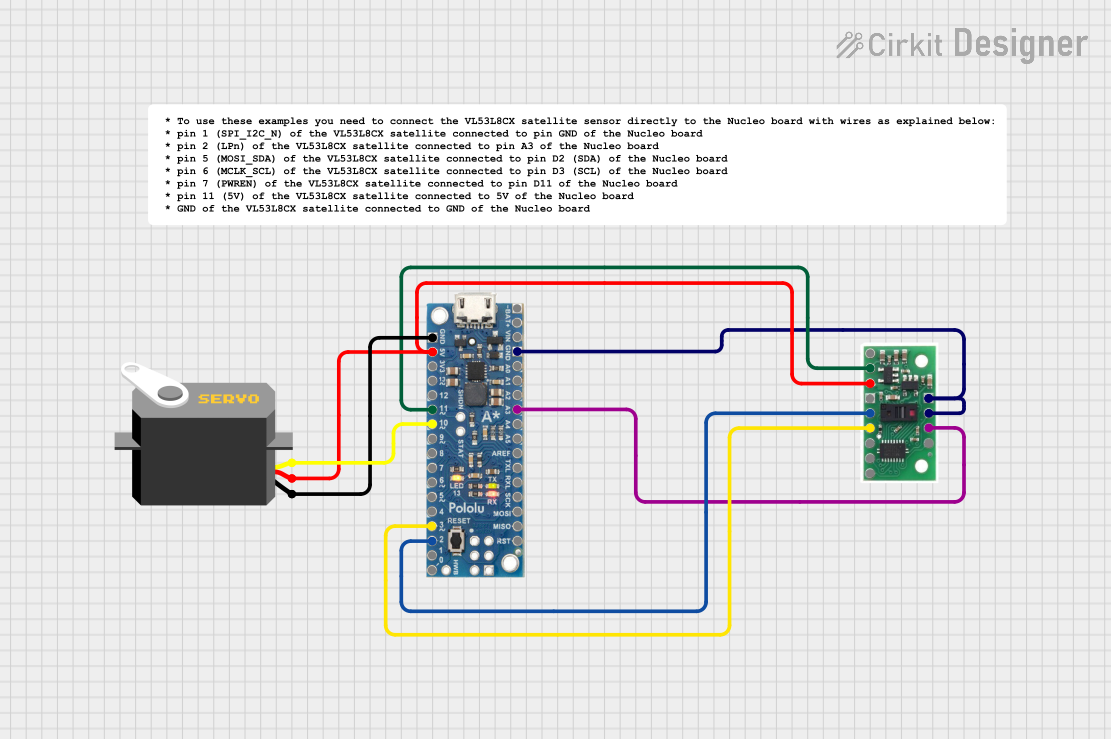
 Open Project in Cirkit Designer
Open Project in Cirkit DesignerExplore Projects Built with Pololu Distance Sensor with Pulse Width Output, 300cm Max

 Open Project in Cirkit Designer
Open Project in Cirkit Designer
 Open Project in Cirkit Designer
Open Project in Cirkit Designer
 Open Project in Cirkit Designer
Open Project in Cirkit Designer
 Open Project in Cirkit Designer
Open Project in Cirkit DesignerCommon Applications
- Obstacle detection in robotics
- Automated guided vehicles (AGVs)
- Proximity sensing in industrial automation
- Distance measurement in smart home devices
- Object tracking and collision avoidance systems
Technical Specifications
Key Technical Details
| Parameter | Value |
|---|---|
| Manufacturer | Pololu |
| Part ID | 4079 |
| Measurement Range | 5 cm to 300 cm |
| Output Type | Pulse Width Modulation (PWM) |
| Supply Voltage | 4.5 V to 5.5 V |
| Current Consumption | ~25 mA |
| Output Pulse Width Range | 1 ms (5 cm) to 37 ms (300 cm) |
| Operating Temperature | -10°C to 60°C |
| Dimensions | 20 mm × 10 mm × 7 mm |
| Weight | 0.5 g |
Pin Configuration and Descriptions
| Pin Number | Pin Name | Description |
|---|---|---|
| 1 | VIN | Power supply input (4.5 V to 5.5 V). Connect to the 5V pin of your system. |
| 2 | GND | Ground. Connect to the ground of your system. |
| 3 | PWM OUT | Pulse width output. Provides distance measurement as a PWM signal. |
Usage Instructions
How to Use the Component in a Circuit
- Power the Sensor: Connect the
VINpin to a 5V power source and theGNDpin to the ground of your circuit. - Read the PWM Output: Connect the
PWM OUTpin to a digital input pin of your microcontroller. The pulse width of the signal corresponds to the measured distance. - Convert Pulse Width to Distance: Measure the duration of the high pulse on the
PWM OUTpin. Use the formula below to calculate the distance: [ \text{Distance (cm)} = \text{Pulse Width (ms)} \times 10 ] For example, a pulse width of 15 ms corresponds to a distance of 150 cm.
Important Considerations and Best Practices
- Power Supply: Ensure a stable 5V power supply to avoid inaccurate readings.
- Interference: Avoid placing the sensor near reflective surfaces or strong light sources, as these may affect accuracy.
- Mounting: Position the sensor so that it has a clear line of sight to the target object.
- Signal Filtering: If the PWM signal is noisy, consider adding a capacitor between the
PWM OUTpin and ground to stabilize the output.
Example Code for Arduino UNO
The following Arduino code demonstrates how to read the PWM output from the sensor and calculate the distance:
// Define the pin connected to the PWM OUT of the sensor
const int pwmPin = 2;
void setup() {
// Initialize serial communication for debugging
Serial.begin(9600);
// Set the PWM pin as an input
pinMode(pwmPin, INPUT);
}
void loop() {
// Measure the duration of the HIGH pulse on the PWM pin
unsigned long pulseWidth = pulseIn(pwmPin, HIGH);
// Convert the pulse width to distance in cm
float distance = pulseWidth * 0.1; // 1 ms = 10 cm
// Print the distance to the Serial Monitor
Serial.print("Distance: ");
Serial.print(distance);
Serial.println(" cm");
// Add a small delay for stability
delay(100);
}
Troubleshooting and FAQs
Common Issues and Solutions
No Output Signal
- Cause: The sensor is not powered correctly.
- Solution: Verify that the
VINpin is connected to a 5V power source and theGNDpin is connected to ground.
Inaccurate Distance Readings
- Cause: Interference from reflective surfaces or strong light sources.
- Solution: Reposition the sensor to avoid interference and ensure a clear line of sight to the target.
PWM Signal is Unstable
- Cause: Electrical noise in the circuit.
- Solution: Add a decoupling capacitor (e.g., 0.1 µF) between the
PWM OUTpin and ground.
Distance Readings are Stuck at Maximum or Minimum
- Cause: The target object is out of the sensor's range.
- Solution: Ensure the object is within the 5 cm to 300 cm range.
FAQs
Q: Can this sensor detect transparent objects?
A: The sensor may have difficulty detecting transparent or highly reflective objects. For best results, use opaque and matte surfaces.
Q: How fast can the sensor update distance readings?
A: The sensor provides a new distance reading approximately every 50 ms.
Q: Can I use this sensor with a 3.3V microcontroller?
A: The sensor requires a 5V power supply, but the PWM output can be read by 3.3V logic microcontrollers. Use a level shifter if needed.
Q: What is the accuracy of the sensor?
A: The sensor provides reliable readings with an accuracy of ±5% under ideal conditions.